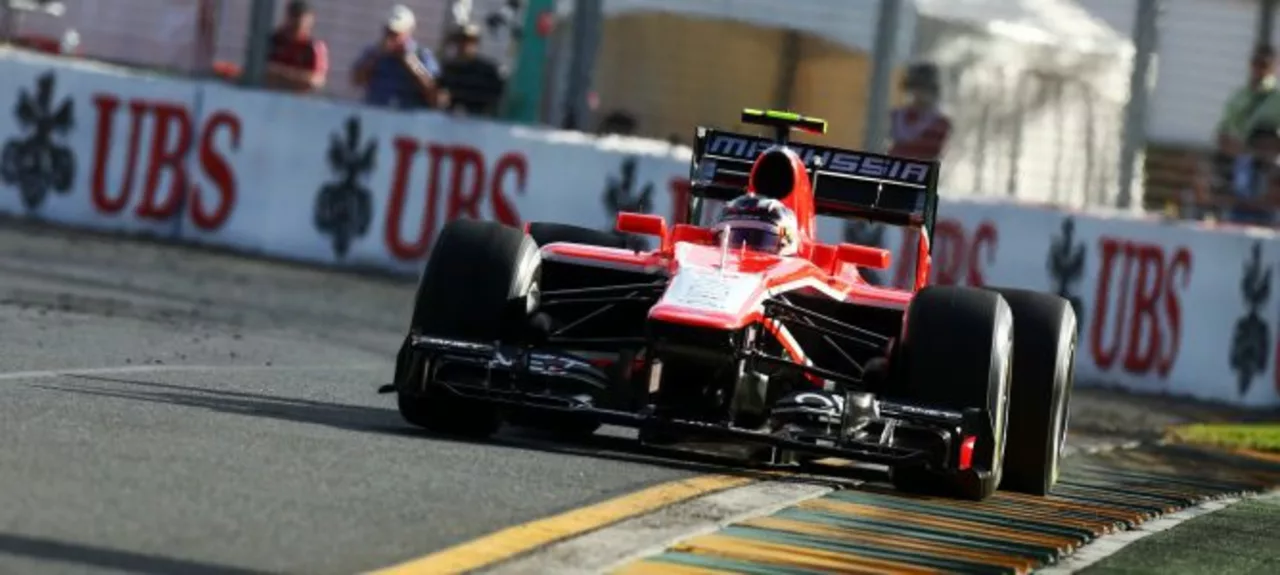Motorsports and Racing – News, Results and Hot Discussions
Welcome to the place where every racing fan feels at home. Whether you love the roar of Formula 1 engines, the thrill of MotoGP, or anything in between, you’ll find fresh updates, race results and real talk right here. We break down the big stories so you can stay in the loop without wading through jargon.
Unrestricted Auto Races: What Could Happen?
Imagine a race where the only rule is "no rules." No limits on engine size, power source or vehicle shape. A sleek Ferrari could line up next to a rocket‑powered go‑kart, while a monster truck with jet boosters roars down the same straight. The visual chaos would be insane, and the strategies would be completely new – drivers would have to think about aerodynamics, weight distribution and even fuel type on the fly.
That kind of free‑for‑all would attract engineers looking to test wild concepts. Think solar‑powered cars trying to keep up with turbo‑charged beasts, or Mad Max‑style rigs that look like they belong in a movie. The unpredictability would keep fans on the edge of their seats, because any vehicle could surprise you at any moment.
Why American Drivers Face Challenges in Formula One
American racers often struggle to break into the F1 world, and the reasons go deeper than raw talent. The U.S. has a strong motorsport culture, but it’s dominated by NASCAR and IndyCar. Young drivers usually aim for those series because they offer more local exposure, sponsorship and a clear career path.
On top of that, there are few American‑based F1 teams, so the home‑grown support network is thin. Without a domestic engineering base or big corporate backers, it’s hard for a U.S. driver to get the funding needed to join a European squad. Media coverage also plays a role – F1 doesn’t get the same TV minutes in America as it does overseas, so the fan base stays small.
All of this creates a feedback loop: less exposure means fewer sponsors, which means fewer seats, which keeps the talent pipeline narrow. Some drivers do make the jump, but they often have to move abroad early, adapt to a different racing culture, and prove themselves without the same safety net that European drivers enjoy.
Back at home, the racing scene is buzzing with events, from local club races to major UK Grand Prix coverage. Our site brings those stories together, giving you the latest results, driver interviews and behind‑the‑scenes looks at what makes each series tick.
So whether you’re curious about a no‑limits auto showdown or wondering why the U.S. rarely produces F1 champions, you’ve come to the right spot. Dive into the posts, share your thoughts, and stay tuned for more fast‑paced updates from the world of motorsports.
What would an auto race with no vehicle restrictions look like?
Imagine the chaos, the thrill, the absolute bonkers beauty of an auto race with no vehicle restrictions! It'd be like a wild, automotive jamboree, where a sleek Ferrari could face-off against a rocket-powered go-kart or even a monster truck with jet engines strapped on. The variety would be a sight to behold, with Mad Max-like contraptions zipping around next to eco-friendly solar cars. The unpredictability would be as high as my caffeine levels on Monday mornings. Quite frankly, it'd be the most thrilling, utterly unpredictable, and fantastically fun spectacle this side of a clown convention!
Why are Americans so unsuccessful in Formula One?
As a blogger, I often wonder why Americans have been so unsuccessful in Formula One. After researching, I found that one major reason is the lack of a strong motorsports culture in the US. Additionally, the popularity of other racing series like NASCAR and IndyCar means that talented drivers often choose to pursue careers in these more familiar realms. Moreover, the lack of American Formula One teams and financial support makes it difficult for American drivers to break into the European-dominated sport. Lastly, the limited exposure of F1 in the US media further hinders the growth of interest and potential talent pool for Formula One.

